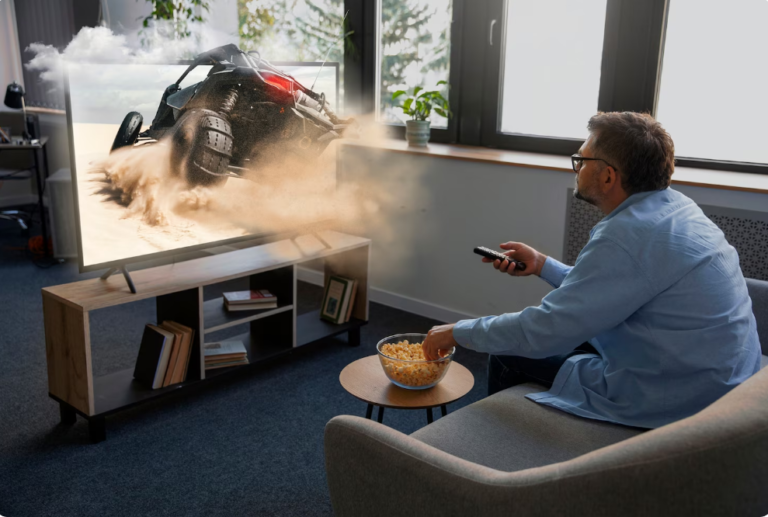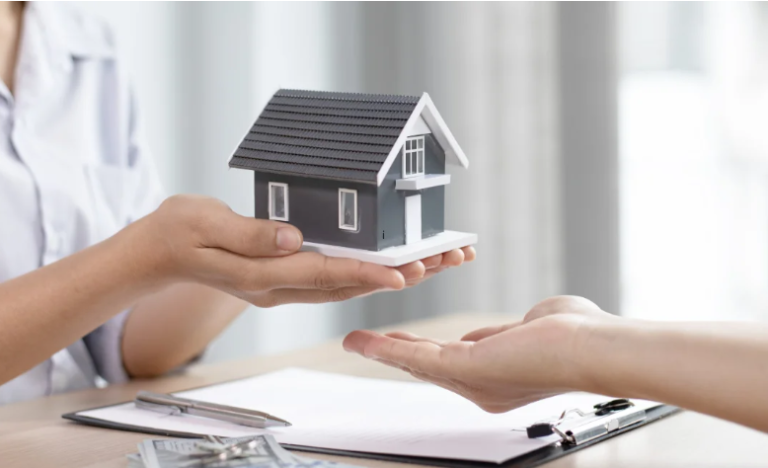Creating a modern office is about more than just aesthetics; it’s about blending style with function to foster productivity and well-being. From the flooring to the walls, each upgrade plays a role in creating a welcoming and efficient environment. Below are some essential upgrades to consider when building a modern office.
Carpet Installation: Enhancing Comfort and Style
One of the first upgrades to consider in a modern office is carpet installation. A high-quality carpet not only adds warmth and comfort but also helps in soundproofing the space, making it more conducive to a focused working environment. Choosing a design that complements your office décor while ensuring durability will provide long-term benefits. Carpets also contribute to a more professional, polished look, enhancing the overall appearance of the workspace.
Wall Cladding: Adding Visual Appeal and Functionality
Wall cladding is a powerful upgrade that combines style and function. Whether you opt for wood, stone, or textured panels, wall cladding can transform the look of your office by adding depth and interest to the walls. This upgrade not only elevates the aesthetic but also offers practical benefits such as insulation and increased durability. Wall cladding helps protect surfaces from wear and tear while providing an easy-to-maintain and stylish finish.
Lighting Solutions: Brightening the Space for Better Productivity
Proper lighting is one of the most critical elements in any modern office. Natural light is ideal, but in its absence, efficient lighting solutions are key. LED lighting, for example, is energy-efficient and can be customized to match the mood of the workspace. Task lighting can help with focused work, while ambient lighting ensures the space feels inviting. Consider adding smart lighting systems that adjust based on time of day or specific activities.
Ergonomic Furniture: Prioritizing Comfort and Health
In a modern office, comfort is essential. Ergonomic furniture helps ensure that employees are not only comfortable but also healthy. Chairs that support proper posture, adjustable desks, and accessories that reduce strain on the body are all important for enhancing productivity. With the increase in remote and hybrid working environments, investing in ergonomic furniture is a must to promote long-term well-being and efficiency.
Smart Technology Integration: Boosting Efficiency and Connectivity
Smart technology is transforming modern offices. From smart thermostats to voice-activated assistants, integrating technology into the workspace can streamline operations and improve efficiency. Consider installing smart meeting rooms that allow seamless video conferencing or interactive displays for brainstorming sessions. Additionally, smart thermostats and lighting systems can help manage energy consumption, making the office more sustainable.
Acoustic Solutions: Reducing Noise for a Productive Environment
Noise can be a significant disruptor in an office setting. To maintain focus and productivity, consider installing acoustic panels, soundproofing materials, or even acoustic ceiling tiles. These upgrades help absorb sound, reducing noise levels and creating a more peaceful working environment. This is especially important in open-plan offices, where background noise can be a constant challenge.
Break Rooms and Relaxation Areas: Creating a Space for Recharge
Modern offices understand the importance of a break from work. Creating dedicated spaces where employees can relax and recharge is essential for mental well-being. Design your break rooms with comfortable seating, casual décor, and perhaps even a coffee station. Incorporating plants and natural elements can also make these spaces feel more inviting and conducive to relaxation.
Green Office Design: Promoting Sustainability and Wellness
Sustainability is no longer just a trend; it’s a necessity for modern offices. Incorporating green elements into your office design can improve both the environment and employee well-being. Consider using eco-friendly materials for furniture, flooring, and wall finishes. Adding indoor plants can not only improve air quality but also enhance the overall ambiance of the office. Sustainability should also extend to energy-efficient appliances and waste-reduction practices.
Conclusion
Building a modern office requires a thoughtful approach, balancing style with functionality. Upgrades like carpet installation, wall cladding, and ergonomic furniture are just the beginning. By integrating smart technology, optimizing lighting, and creating comfortable break spaces, you’ll be well on your way to creating a workspace that fosters productivity, creativity, and employee well-being. Don’t forget about the importance of acoustics and sustainability—modern offices are as much about the experience as they are about the physical space.










+ There are no comments
Add yours